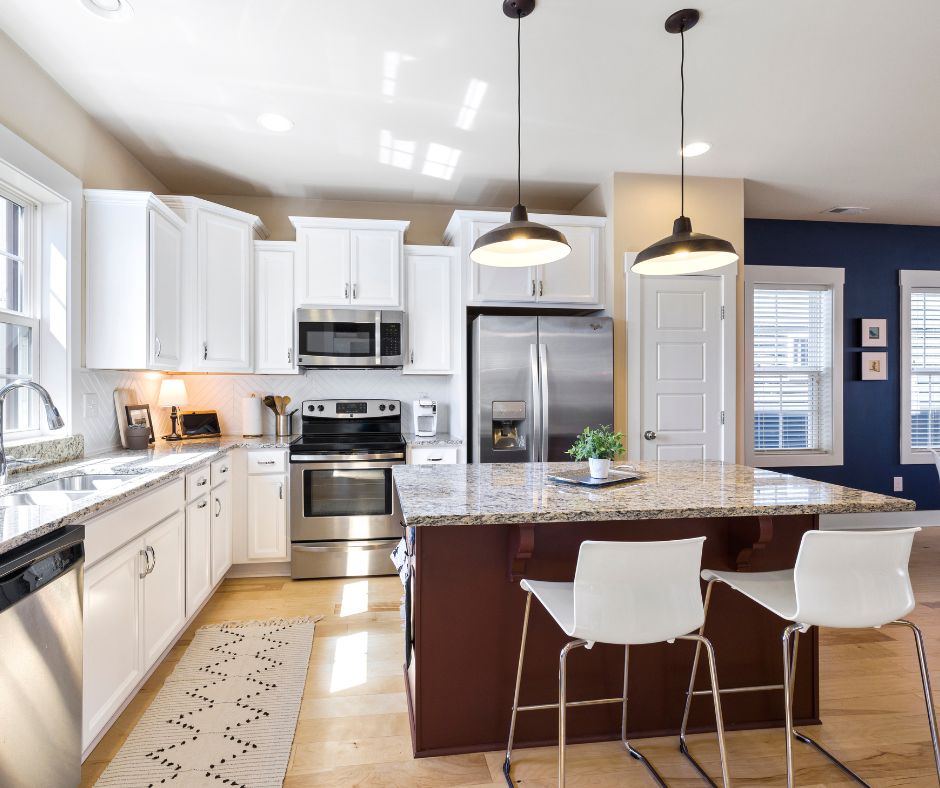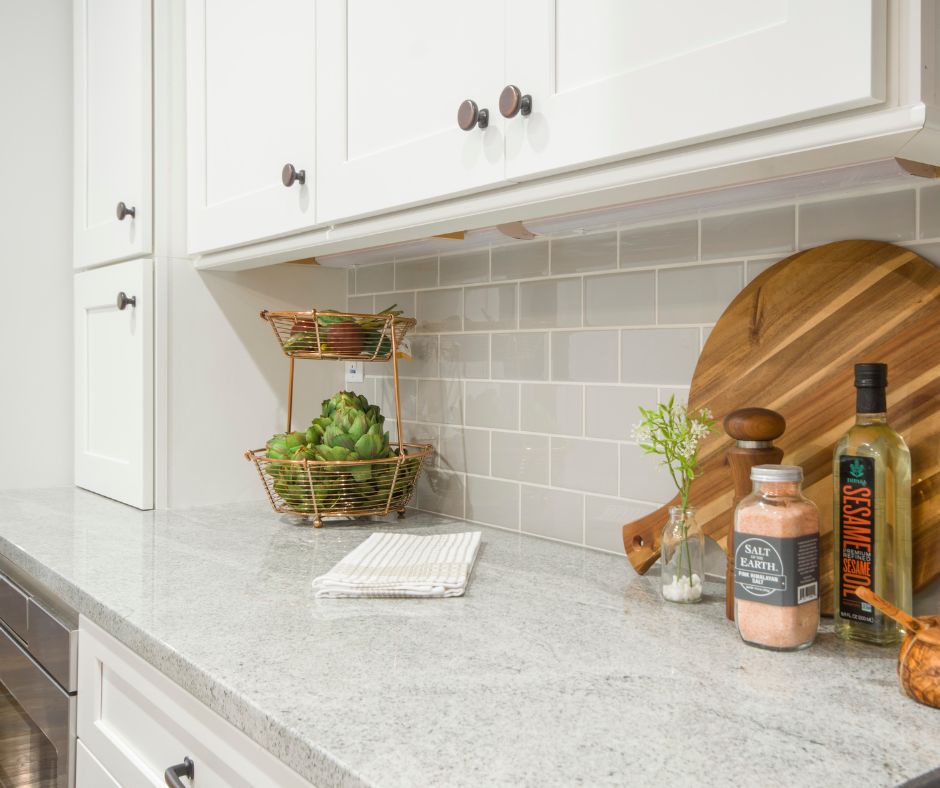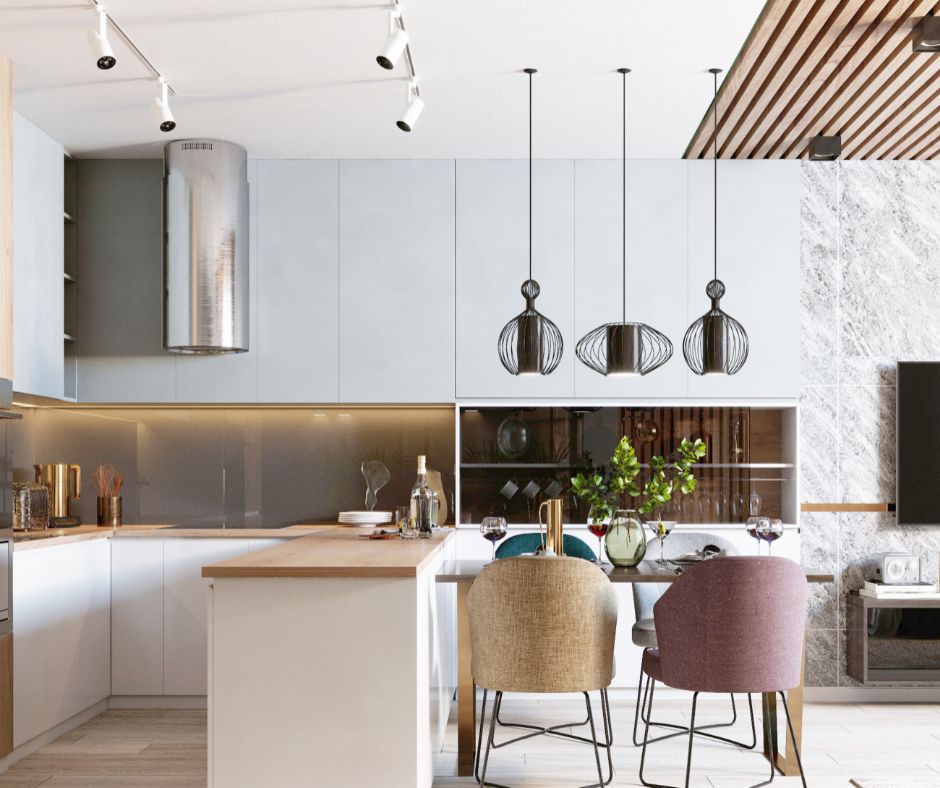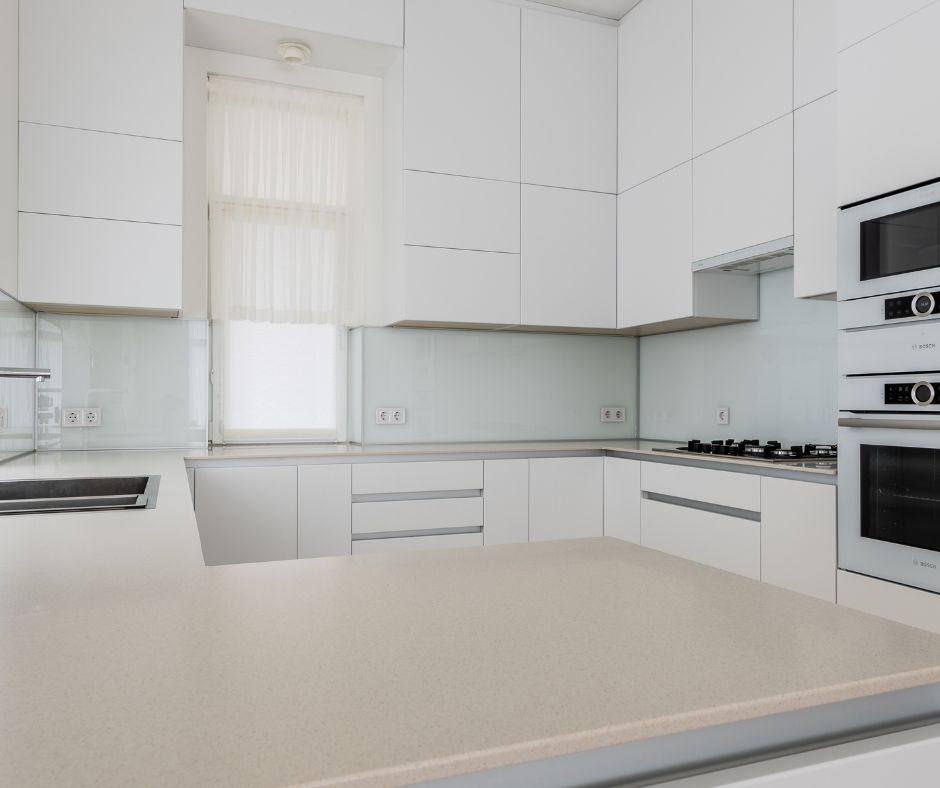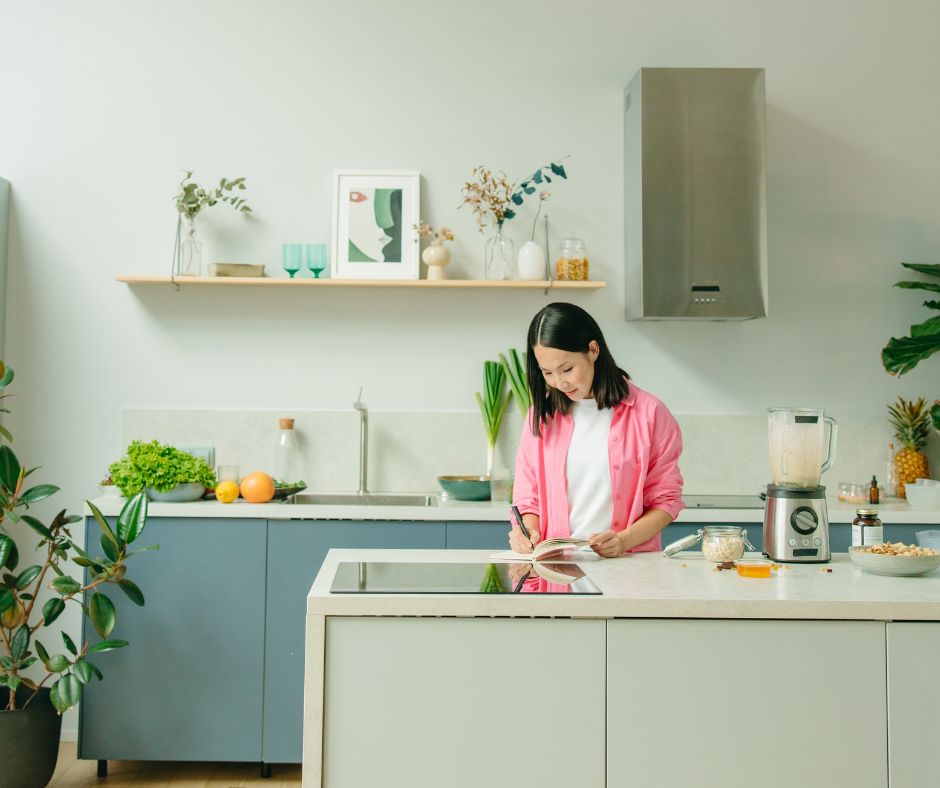TOP 10 FAQS about Designing a Stylish Yet Budget-Friendly Kitchen
Designing a stylish kitchen on a budget doesn’t have to be a daunting task. We’ll address your most pressing queries, empowering you with savvy tips and insights to create a space that marries elegance with cost-effectiveness. Whether you’re seeking smart design hacks, budget-friendly materials, or expert advice on maximizing style without breaking the bank, we’ve got you covered. Let’s dive in and revolutionize your kitchen without compromising on aesthetics or your budget!
Table of Contents
How can I create a stylish kitchen on a budget?
Designing a stylish kitchen on a budget involves a blend of creativity and resourcefulness. Start by reassessing your kitchen’s layout and identifying areas that could benefit from a refresh. Consider repainting cabinets or swapping out old hardware for an instant facelift. Utilize budget-friendly yet trendy backsplash tiles to add personality without breaking the bank. Another strategy is to capitalize on sales or explore thrift stores and online marketplaces for stylish yet affordable decor and accessories. Simple, timeless designs that won’t go out of fashion quickly, ensuring your investment lasts longer. Remember, a clutter-free and organized space can instantly elevate the overall look of your kitchen without any additional cost.
What are some cost-effective design ideas for a modern kitchen?
Modernizing your kitchen on a budget involves strategic updates that prioritize sleekness and functionality. Start with fixtures such as faucets and lighting; consider modern, energy-efficient options that won’t strain your budget. Open shelving, which can be crafted from repurposed materials or affordable wood, adds a contemporary touch without hefty expenses. Embrace a monochromatic color scheme and introduce a pop of vibrancy through inexpensive accessories or appliances to create a modern aesthetic without overspending.
Are there specific materials that can help achieve a stylish look without breaking the bank?
Absolutely! laminate countertops or cost-effective alternatives that mimic the appearance of high-end materials like marble or granite. For flooring, consider durable and visually appealing materials like vinyl or engineered wood that provide an elegant look without the premium price tag. Additionally, exploring eco-friendly materials, such as recycled glass or sustainable wood, not only adds style but also aligns with budget-conscious choices.
What are the essential elements to consider when aiming for a budget-friendly kitchen design?
When focusing on a budget-friendly kitchen design, prioritize functionality alongside aesthetics. Choose durable materials that offer longevity, reducing the need for frequent replacements and repairs. Maximize natural light to brighten up the space and consider investing in energy-efficient appliances that not only elevate the kitchen’s appeal but also contribute to long-term cost savings on utility bills.
Are there DIY projects or easy upgrades that can enhance the kitchen’s appearance without spending much?
Certainly! DIY projects offer immense potential for enhancing your kitchen’s appearance on a budget. Refreshing cabinets with a coat of paint, creating a personalized chalkboard wall, or installing affordable peel-and-stick tiles can revitalize the space inexpensively. Upcycling old furniture by giving it a fresh look or using reclaimed wood for shelves or a kitchen island can infuse character into the design without significant costs.
What are some smart storage solutions for a small kitchen that won’t cost a fortune?
Maximizing storage in a small kitchen without overspending involves clever utilization of available space. Invest in wall-mounted shelves or magnetic racks to utilize vertical space efficiently. Make use of the insides of cabinet doors for hanging storage options like hooks or racks. Collapsible or stackable storage containers can help optimize limited space economically while maintaining organization.
How can I balance style and functionality while sticking to a limited budget?
The key to balancing style and functionality within budget constraints lies in prioritizing multifunctional furniture and appliances. Invest in pieces that serve both practical purposes and contribute to the overall aesthetics. For instance, a stylish kitchen cart can offer additional storage and workspace while complementing the design scheme.
Are there certain design trends that are budget-friendly yet chic for kitchen remodeling?
Timeless design elements that offer longevity and aesthetic appeal without constant updates. Transitional styles that blend traditional and contemporary elements remain chic and adaptable. Classic color combinations like black and white endure trends, allowing for a sophisticated look without the need for frequent changes. Incorporating natural elements such as wooden accents or indoor plants adds a trendy touch while being budget conscious.
What are some pitfalls to avoid when trying to design a cost-effective yet stylish kitchen?
Avoid overspending on fleeting trends that might quickly become outdated, leading to additional expenses for renovations. Instead, focus on durable materials and classic styles that withstand evolving design fads. Additionally, refrain from over-accessorizing; a clutter-free kitchen often exudes more style and sophistication.
Can repurposing or refurbishing existing items contribute to a stylish kitchen design without overspending?
Absolutely! Repurposing and refurbishing existing items offer fantastic opportunities to infuse style without breaking the bank. Refinish old cabinets with a fresh coat of paint or change their hardware for an updated look. Consider repurposing mason jars as stylish storage containers or transforming old crates into charming shelves, adding unique elements to your kitchen design without excessive spending.
Conclusion
Now, it’s time to put these tips into action and embark on your kitchen transformation. Start by prioritizing your needs, exploring cost-effective materials, and considering DIY projects. Don’t be afraid to infuse your personality through pops of color or sustainable elements. As you embark on this budget-friendly design adventure, remember that every small change contributes to the overall transformation.
Crafting a stylish yet budget-friendly kitchen necessitates a harmonious blend of expertise and innovation. Consider seeking guidance from a professional designer or expert in the field to unlock the full potential of your space while remaining mindful of your financial parameters. Collaborating with seasoned professionals empowers you to navigate design possibilities, uncover cost-effective solutions, and make informed choices aligned with your vision.


